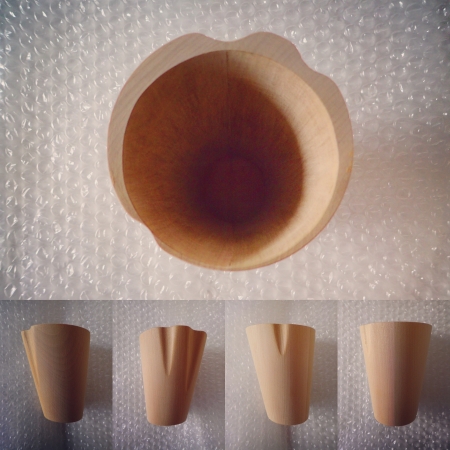機能は形態に従う
ルイス・サリヴァンが「形態は機能に従う」と説いた。今だに有効な言説だと思うが、それをそのまま言われると違和感がある。
たくさんの機能が折り重なり、同時に存在し、その中から、その時々で必要な機能を選択するように発見していき、その選択が建築の見え方に影響を与えるような不均質空間をつくろうとする時、「形態は機能に従う」よりは「機能は形態に従う」方がしっくりくるように思う。
もうその形態ならば、そう行動するしかないじゃないか、機能はアクティビティを誘発するものだから、形態=機能でアクティビティが起こるが、人は視覚情報にまず反応する、要するに見た目、そうすると、見た目で分かりやすいのは機能より形態、だから、見た目の形態で機能を判断し、アクティビティを起こす。
見た目のアフォーダンスが機能を瞬時に理解させることもあるが、そのアフォーダンスも形態の一種だと考えている。
したがって、たくさんの機能の折り重なりは、形態によって表現し、その形態の中からか、又は、その形態そのものを選択するから、その時々で建築の見え方が変わり、その様はどう考えても均質空間では生まれないから、不均質空間と成す。
"Function follows form"
Louis Sullivan stated, "Form follows function." I think it is still a valid discourse, but if you say it as it is, it feels strange.
Many functions overlap and exist at the same time, and we try to find the necessary function from time to time, and try to create an inhomogeneous space where the selection affects the appearance of architecture. When I do, I think that "function follows form" is better than "form follows function".
If it is already in that form, it is necessary to act so, because the function induces the activity, the activity occurs in the form = function, but the person reacts first to the visual information, in other words, it looks like, so it can be understood by the appearance Because it is easier to form than function, it is easy to judge the function in the form of appearance and activate the activity.
Affordances can make a function understandable instantly, but I think that affordance is a form of form.
Therefore, the overlapping of many functions is expressed by the form, and from among the forms or the form itself is selected, the appearance of the architecture changes from time to time, and even if you think about it like that, Since it is not born in space, it is a heterogeneous space.

